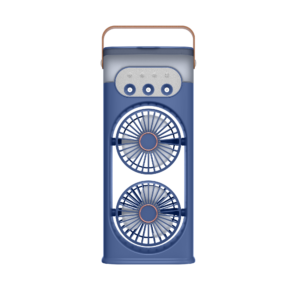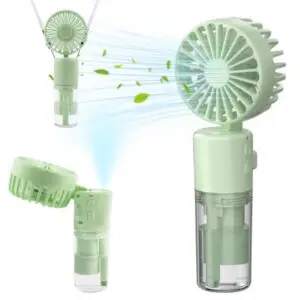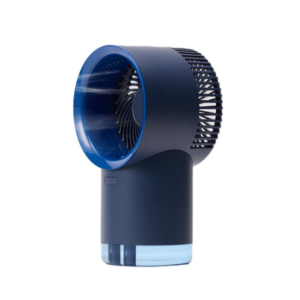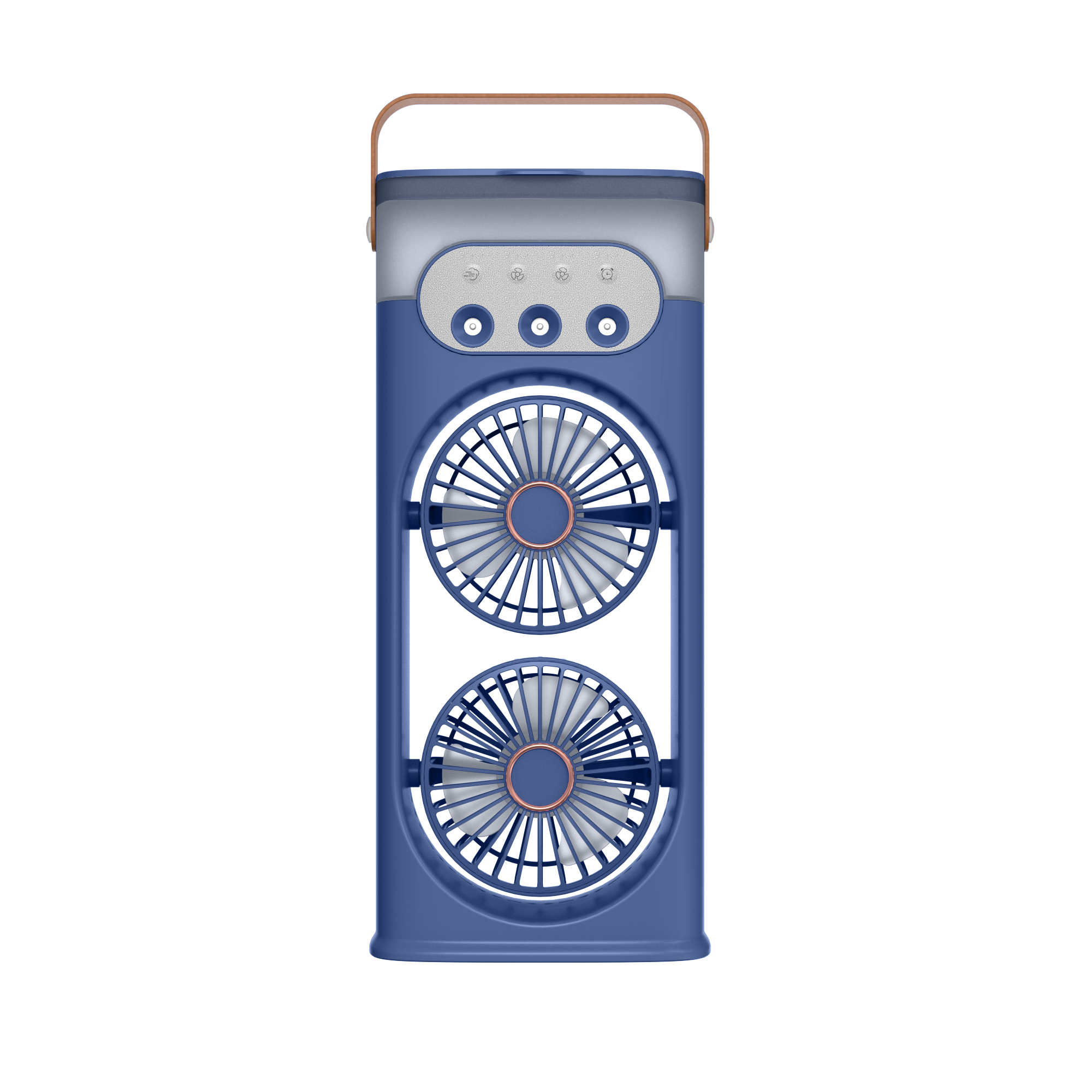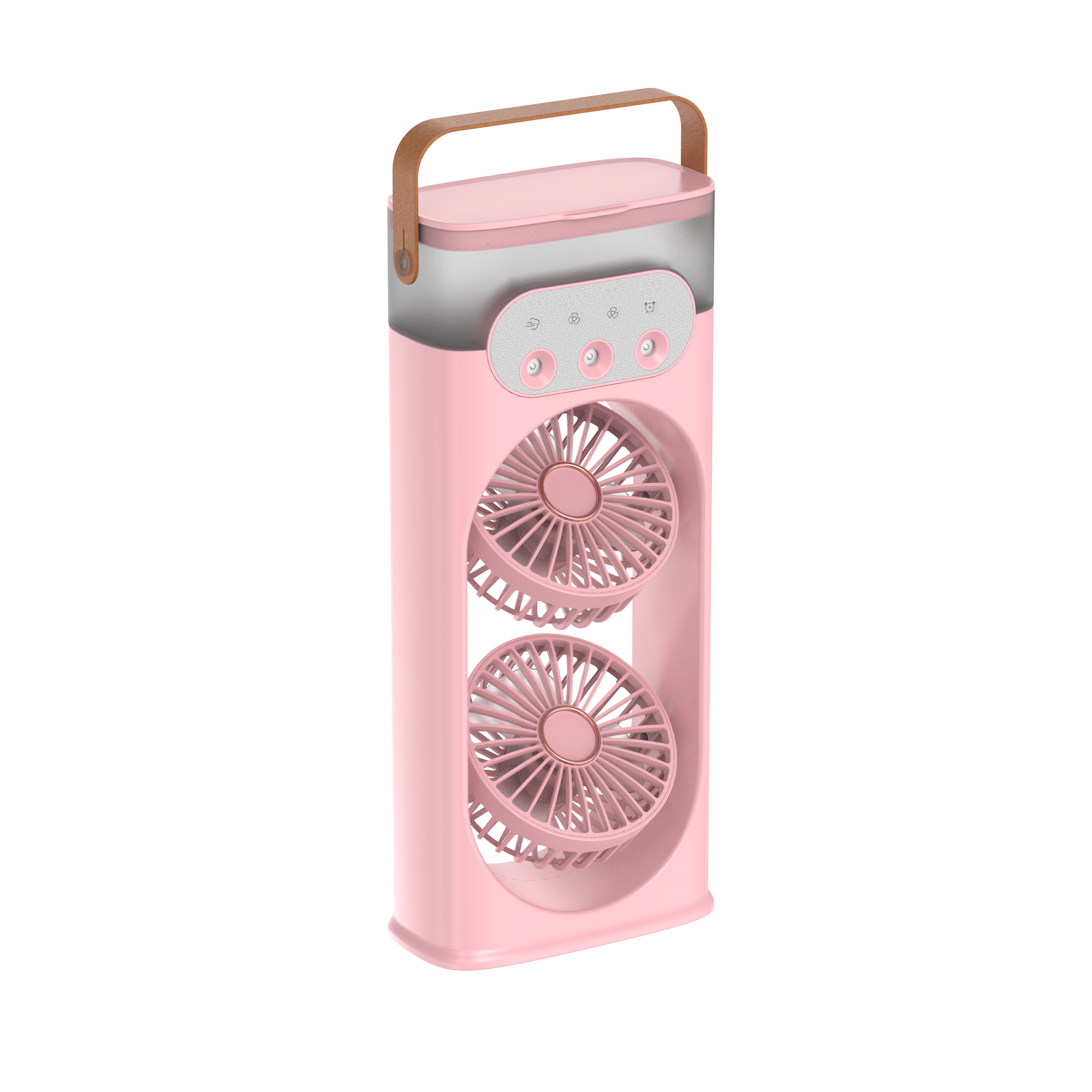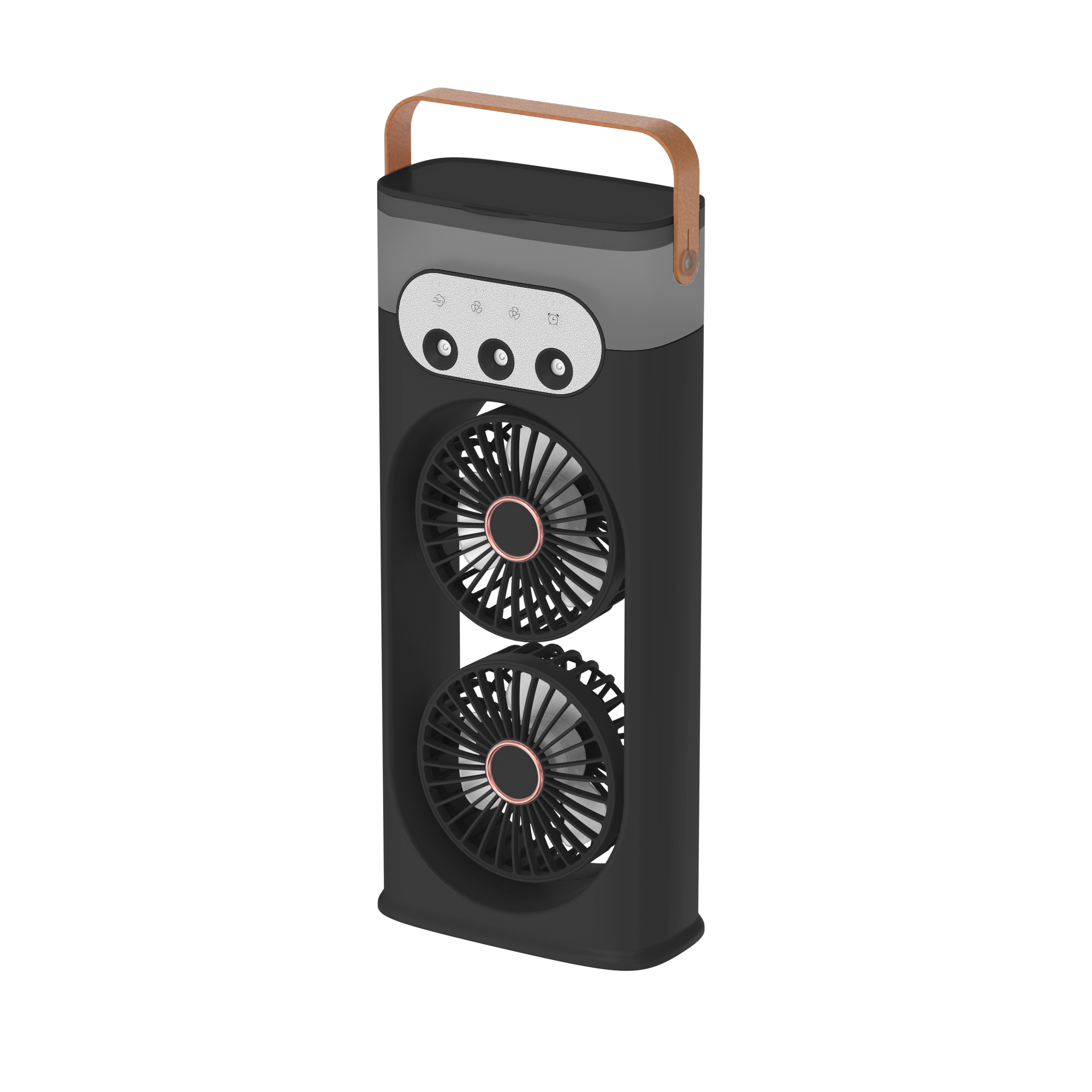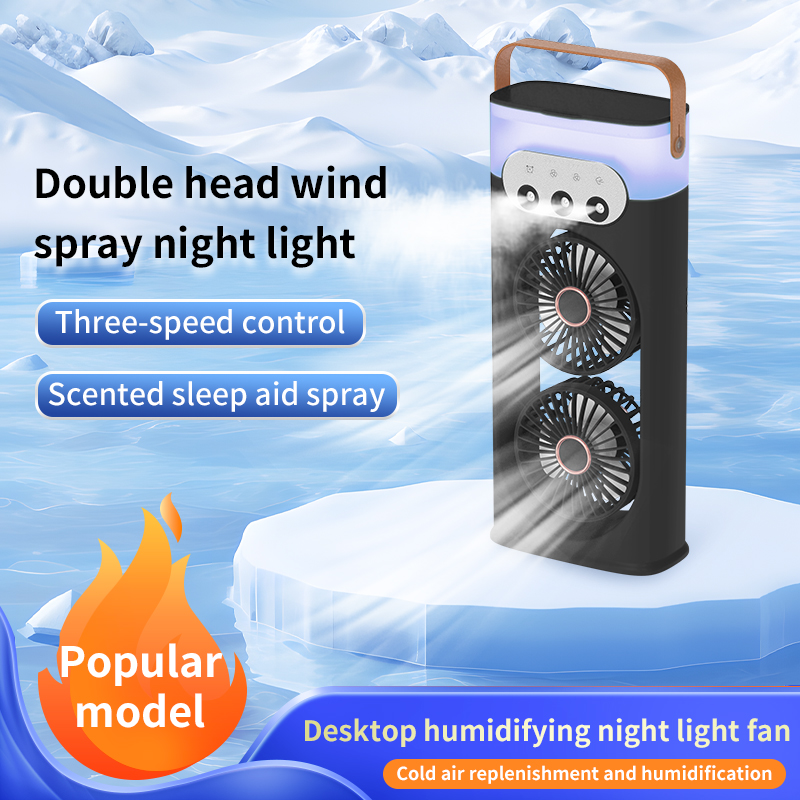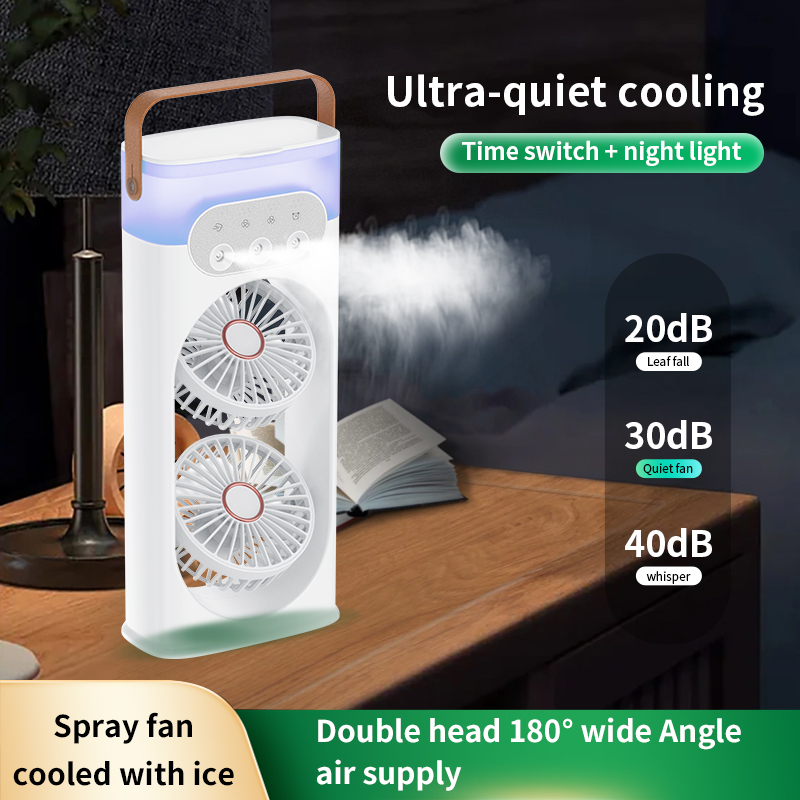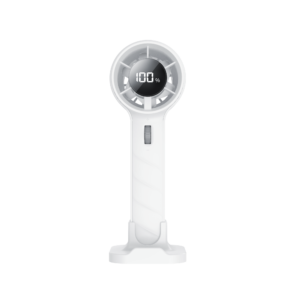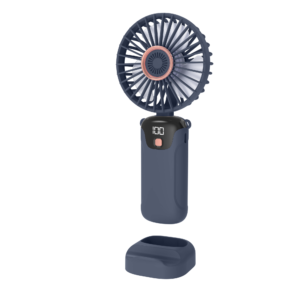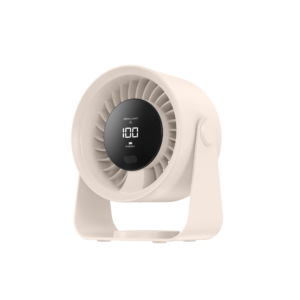1. Factors Related to Human Heat Dissipation
Evaporative Cooling:
The human body cools itself by evaporating sweat, and in a 35°C environment, the relative humidity significantly impacts sweat evaporation. To enhance cooling, the misting system needs to supply sufficient moisture to assist this evaporation.
If the relative humidity is low (around 40% – 50%), a mist output of 20-30 mL per hour may be enough to make users feel cooler because the water can quickly evaporate, drawing heat away. However, if the relative humidity is high (around 70% – 80%), more mist is needed—approximately 50-80 mL per hour—to promote evaporation, since moisture evaporates more slowly in humid air.
Skin Temperature:
When the skin temperature exceeds 35°C, more water needs to evaporate to lower body temperature. For instance, if the skin temperature is around 37°C, in a low-humidity environment, 30-40 mL of mist per hour might suffice. In high-humidity conditions, users may need 80-100 mL of mist per hour to feel a noticeable cooling effect.
2. Factors Related to Fan Speed and Mist Distribution
Fan Speed:
Higher fan speeds can disperse the mist more efficiently around the body, promoting faster evaporation. In a high-speed setting (e.g., 3-5 meters per second), even 30-40 mL of mist per hour in a low-humidity environment can create a significant cooling effect. If the fan speed is lower (1-2 meters per second), users might need 40-60 mL of mist per hour for the same cooling sensation.
Mist Distribution Uniformity:
When mist is evenly distributed, a rate of 30-50 mL per hour can effectively cool the user. However, if the mist is unevenly distributed, some areas may feel overly damp while others don’t cool adequately. In this case, increasing the mist output to 50-70 mL per hour might be necessary for a more consistent cooling effect across the body.


